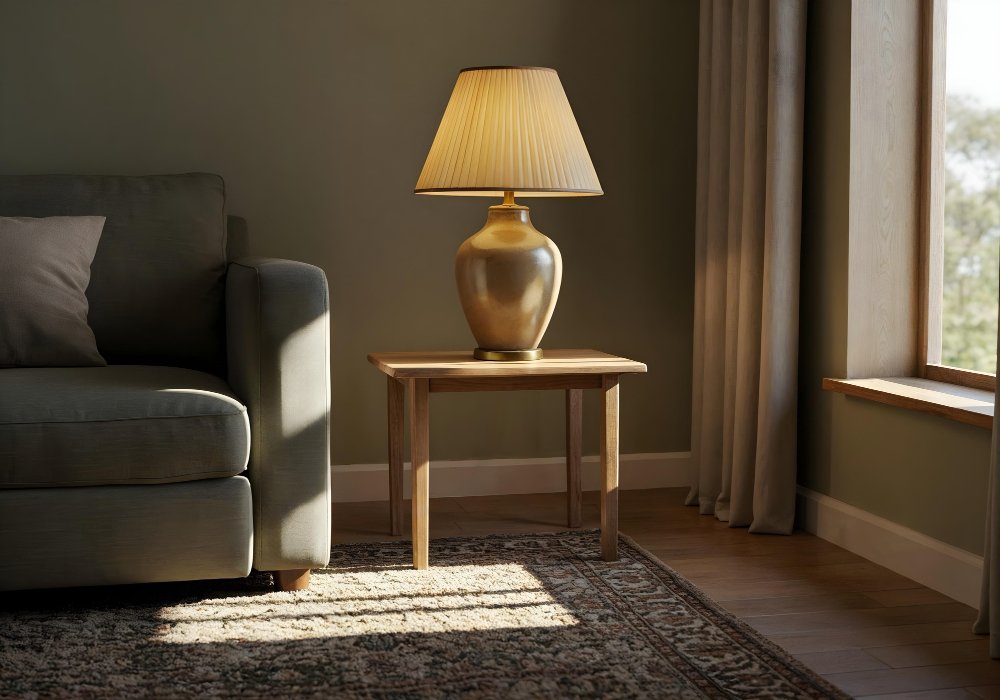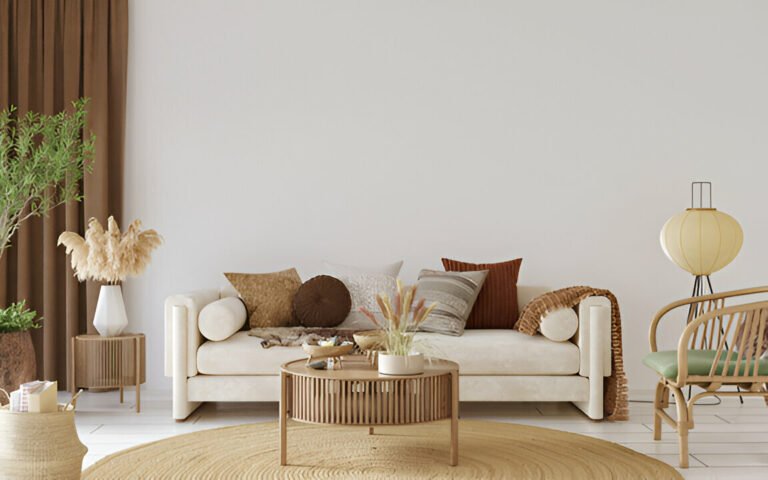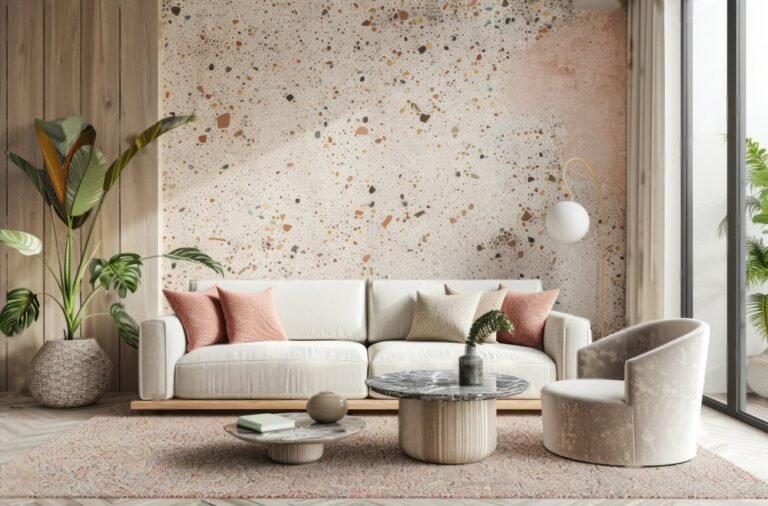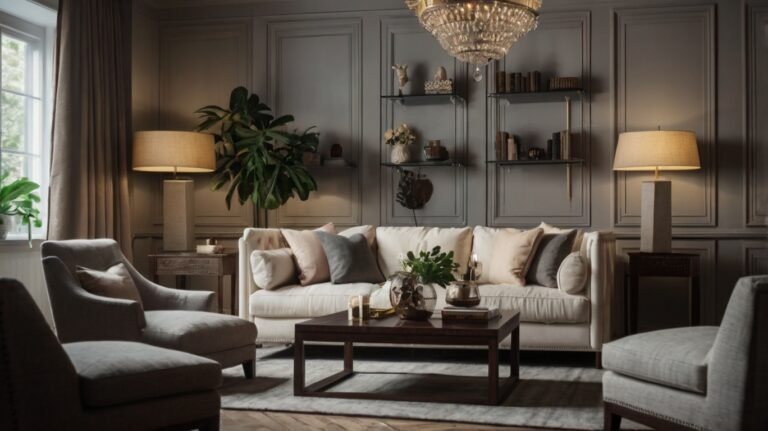How to Place a Rug in a Living Room Like a Designer
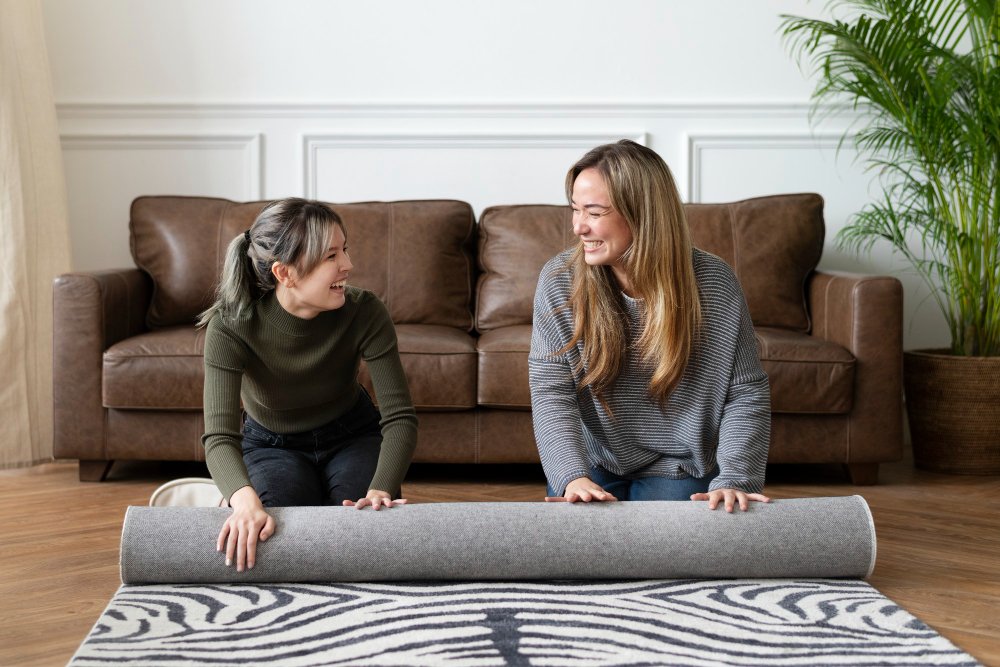
Buying a new rug is the fun part. You find a pattern you love, a texture that feels great underfoot, and a color that complements your sofa.
But once you unroll it at home, things can get tricky. Does it go under the sofa? Should it float in the middle of the room? Why does the room suddenly look smaller?
A rug is the foundation of your living space. It anchors your furniture, defines the conversation area, and adds crucial warmth to a room.
However, incorrect placement can throw off the visual balance of the entire space. Whether you are working with a sprawling open-plan loft or a cozy apartment, understanding the rules of rug placement will help you create a polished, professional look.
The Golden Rule: Size Matters
Before you worry about where to put the rug, you have to ensure you have the right size. One of the most common decorating mistakes is choosing a rug that is too small.
A “postage stamp” rug that floats aimlessly in the center of the room makes the furniture around it feel disconnected and the room itself appear smaller.
As a general guideline, bigger is almost always better. You want the rug to feel generous enough to hold the furniture, rather than the furniture crowding around a tiny island of fabric.
Ideally, you should aim for about 10 to 20 inches of bare floor exposed between the edges of the rug and the walls of the room. This creates a border that frames the space perfectly.
Three Classic Layout Configurations
Once you have a rug that is appropriately sized, you generally have three main options for placement. The right choice depends on the size of your room and your furniture.
1. All Legs On (The Luxurious Look)
This layout requires the largest rug, typically an 8×10, 9×12, or even larger depending on your room dimensions. In this configuration, all legs of your major furniture pieces—sofas, armchairs, and side tables—rest entirely on the rug.
This creates a clearly defined zone. It works exceptionally well in open-concept homes where you need to distinguish the living area from the dining area or kitchen without using walls. By placing everything on the rug, you create a unified, cohesive floating island that feels grounded and expensive.
2. Front Legs On (The Versatile Standard)
This is often the most practical approach for average-sized living rooms. Here, you place the rug so that only the front legs of the sofa and accent chairs sit on it, while the back legs rest on the bare floor.
This method is effective because it physically connects the furniture to the rug, preventing that “floating” look, but it doesn’t require a massive, custom-sized textile. It visually ties the seating arrangement together while keeping the cost of the rug manageable. If you choose this layout, ensure the rug goes far enough under the furniture (at least a few inches) so that it doesn’t curl up or look like an afterthought.
3. Just the Coffee Table (The Float)
In this layout, only the coffee table sits on the rug, while the sofa and chairs sit completely off it. This is a risky choice that often backfires. Unless you have a very small room or a particularly striking, artistic rug that you want to highlight, this layout can make the room feel disjointed.
If you must use a smaller rug, try layering it. Place a large, inexpensive natural fiber rug (like jute or sisal) down first to cover the area, and then place your smaller, vintage, or patterned rug on top. This gives you the coverage you need with the style you want.
Orientation and Shape
Beyond just the feet of your furniture, consider how the rug aligns with the room itself. Generally, the shape of the rug should echo the shape of the room.
- Rectangular rooms: Stick to rectangular rugs. Orient the rug to match the room’s length. If your room is long and narrow, placing the rug lengthwise will emphasize the space.
- Square rooms: You can get away with a square rug or a round rug to soften the harsh corners.
- Bay windows or nooks: A round rug can create a distinct reading nook or conversation spot separate from the main living area.
Finalizing Your Floor Plan
The difference between a chaotic room and a curated one often comes down to inches. Don’t be afraid to experiment with these layouts. If you are currently shopping, use painter’s tape to mark out the dimensions of potential rugs on your floor. This allows you to see exactly where the furniture legs will land before you commit to a purchase.
By following these guidelines, you can ensure your living room feels grounded, spacious, and intentionally designed.


